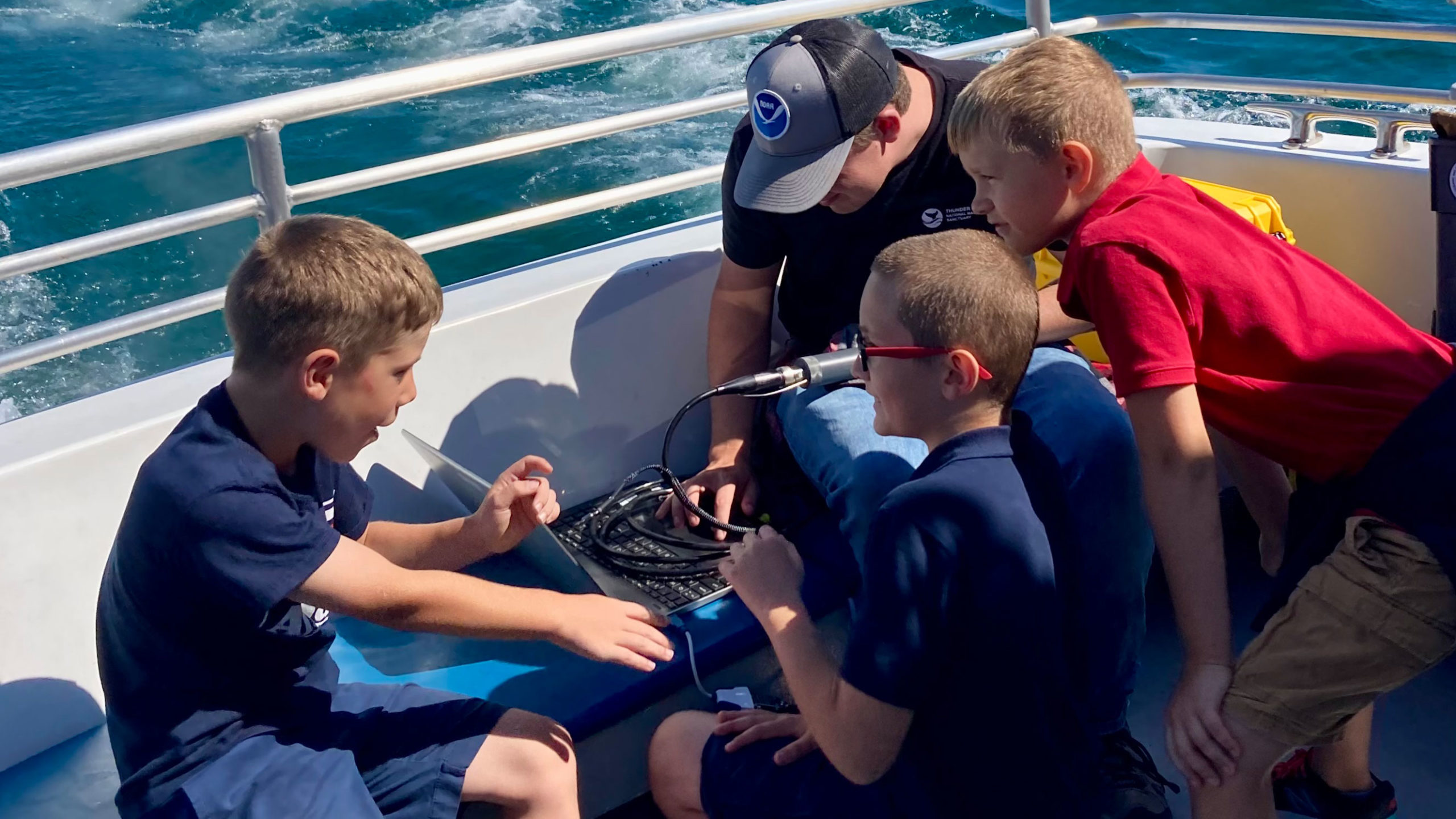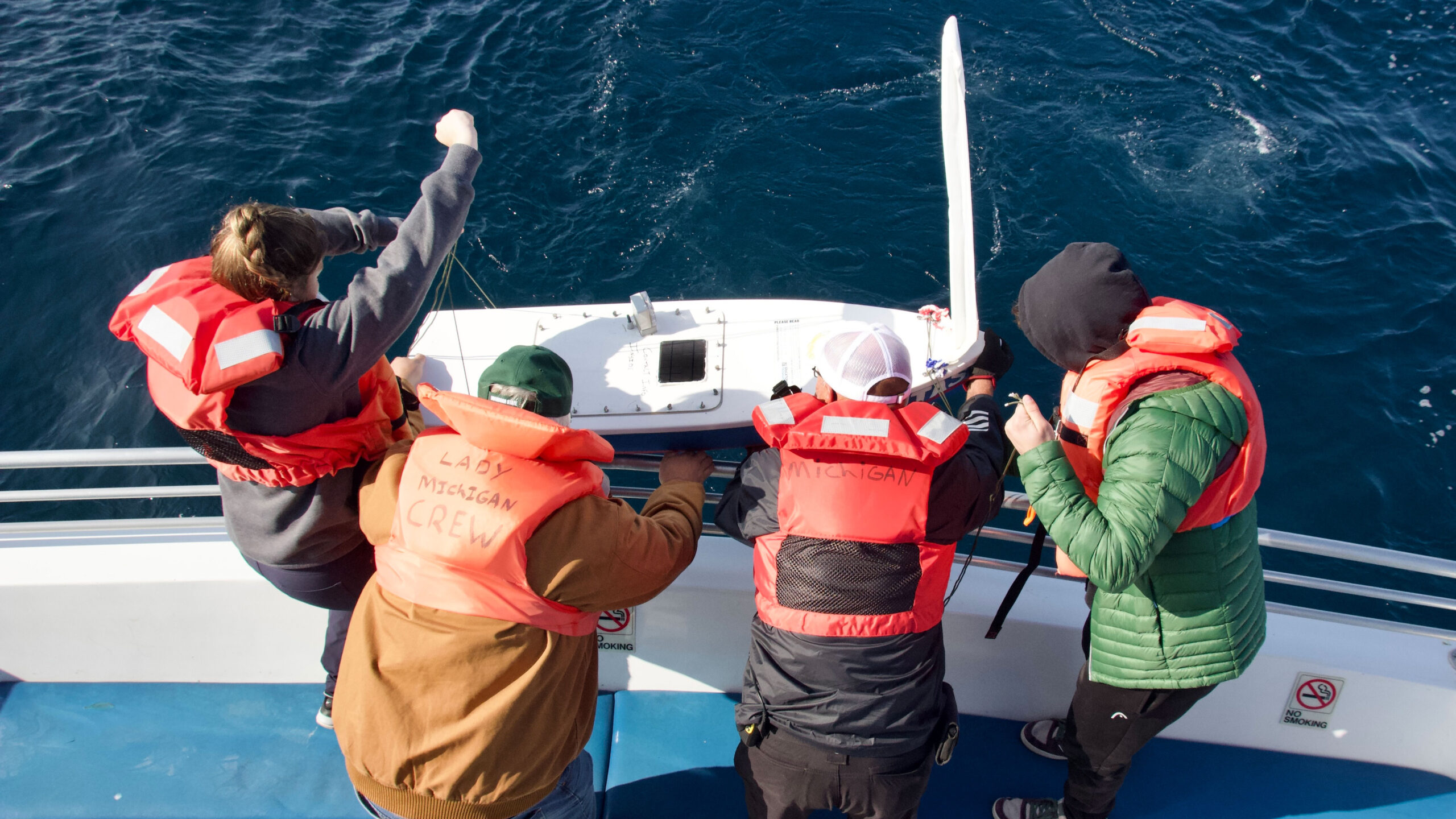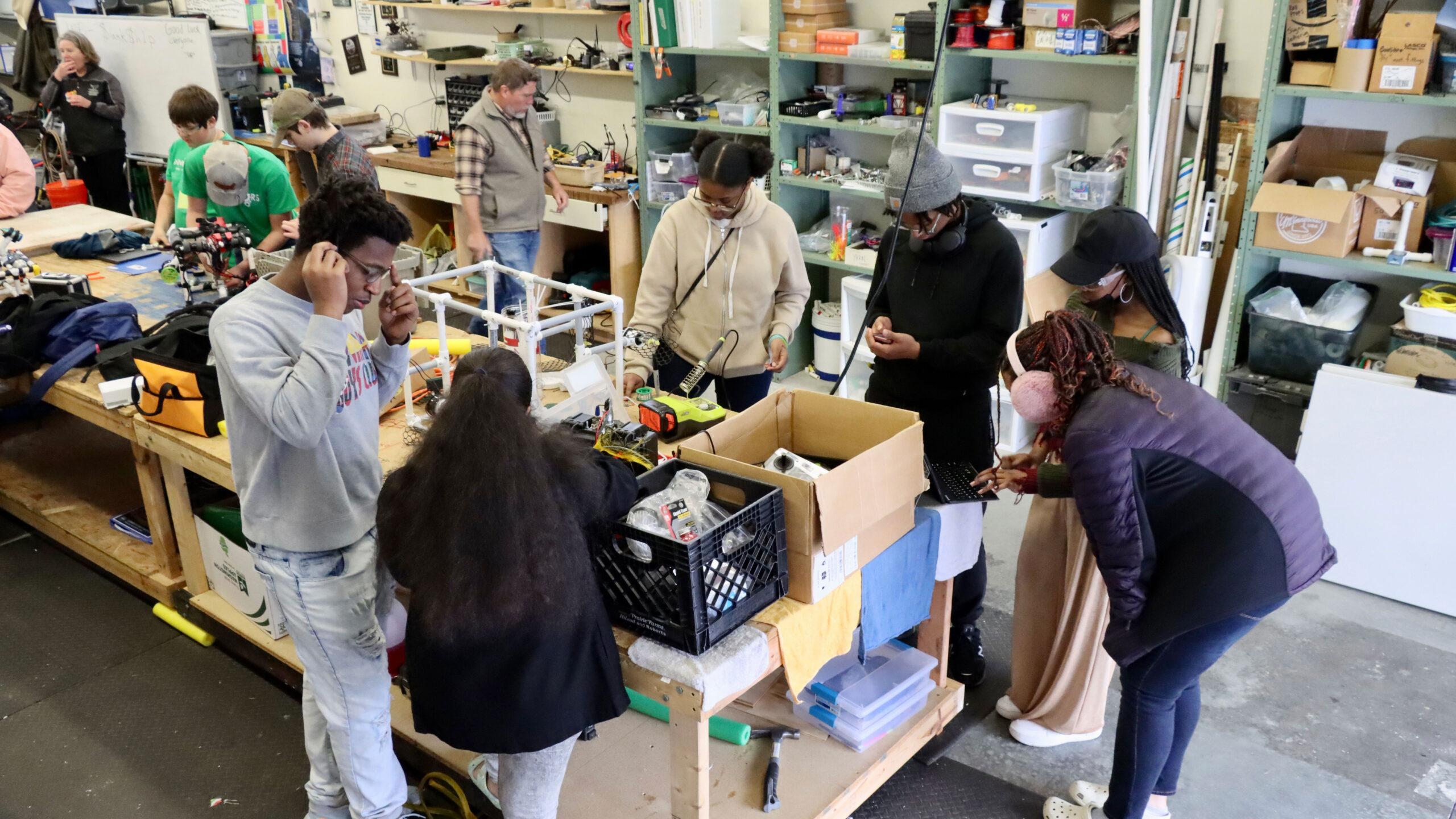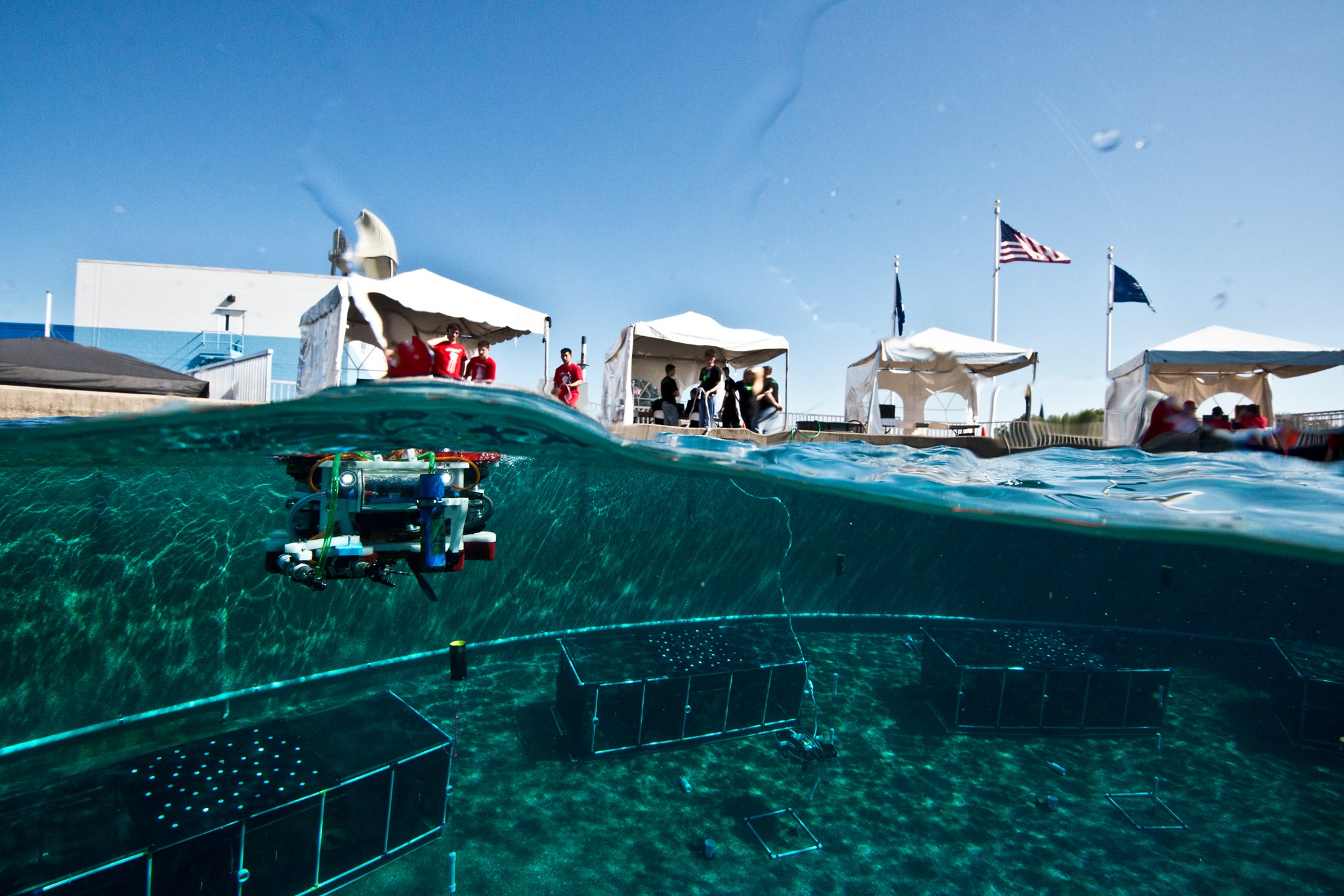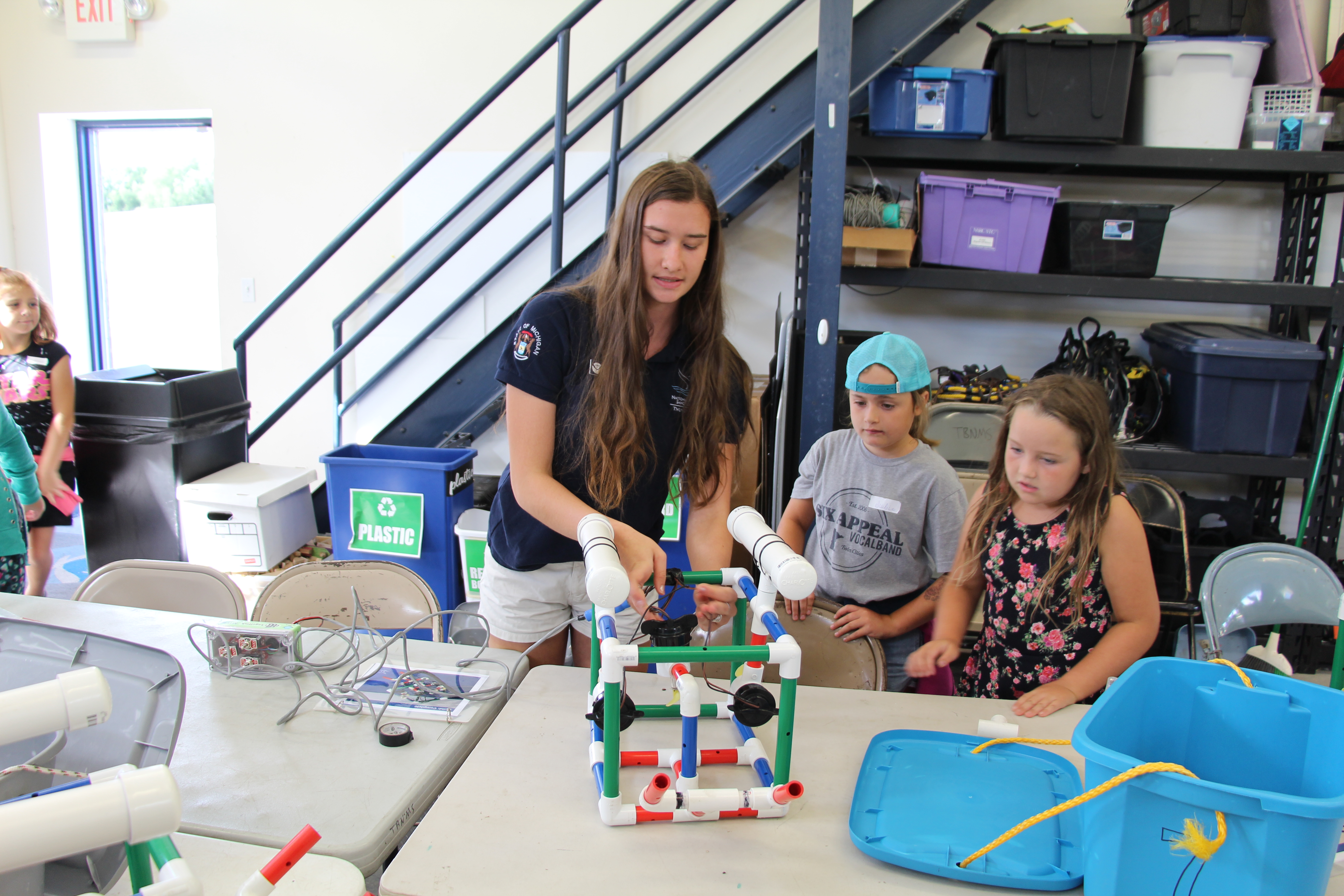Beginning in spring of 2022, Thunder Bay National Marine Sanctuary (TBNMS) partnered with NOAA’s Great Lakes Environmental Research and Laboratory (GLERL) to establish the basis of a long-term monitoring program to measure Lake Huron water chemistry related to freshwater acidification and climate change. A noteworthy element of this project is the engagement of students and educators in the sampling and analysis of freshwater acidification data to enhance discussion of climate change education in the Great Lakes. On the water, All Saints Catholic School students joined as community scientists in this ongoing research project by collecting water samples aboard Lady Michigan. The samples were then shipped to GLERL scientists at the laboratory where they will compile the data from those samples to provide a seasonal assessment of acidification within the region. This student-collected data contributes to important climate research and monitoring within sanctuary waters in Lake Huron.
In the fall of 2022, GLERL’s Dr. Reagan Errera, co-Principal Investigator on the project, virtually joined an Alpena High School earth science class to introduce the project to even more students. Errera has completed field programs and laboratory experiments examining acidification and its impact on the ecosystem in both the freshwater and marine environments. The data collected during this multi-year project will be used by students learning how to interpret, organize and report on data, and also improve NOAA’s understanding of lake acidification and its potential impacts to natural and maritime heritage resources within the sanctuary. Contact Daniel.Moffatt@noaa.gov for more information.
Image Above: Students learn from Thunder Bay National Marine Sanctuary staff how to operate a water sample collection pump and upload data into a computer as part of a classroom cruise aboard the glass-bottom boat Lady Michigan.

